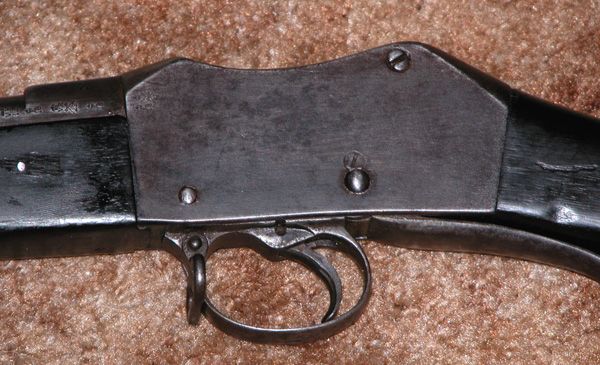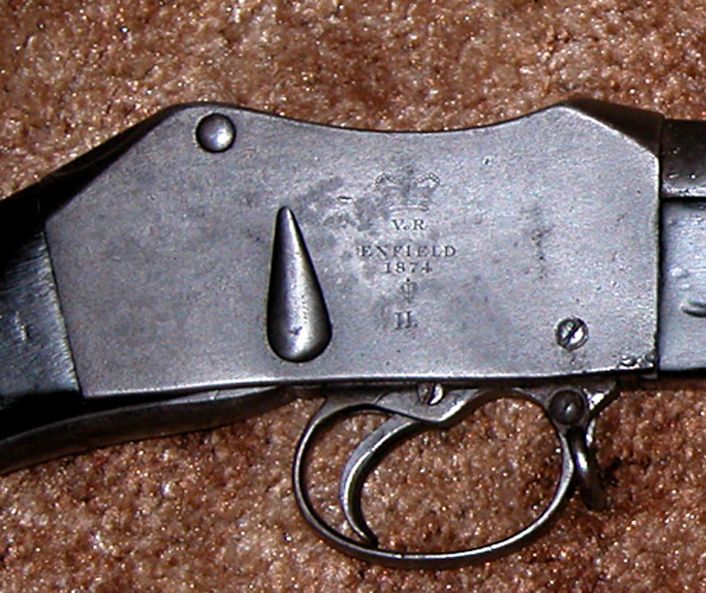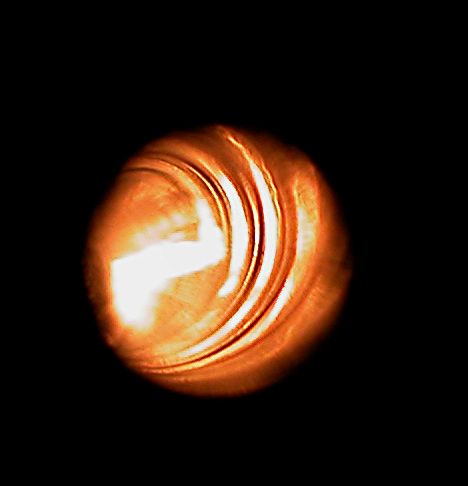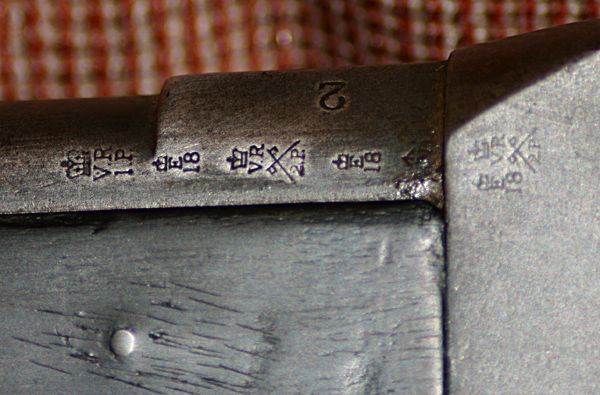| mbogo375 |
| (.275 member) |
| 12/08/04 02:31 AM |

|
|
|
I posted this report on a Martini from the Nepal Arsenal rifles (that are for sale at Atlanta Cutlery) on Accurate Reloading, and thought that some posters here might also be interested, or might be considering a purchase.
I went by Atlanta Cutlery yesterday, and bought one of the Martini 577/450's from the Nepal Arsenal hoard that was recently imported. For more information about this group of weapons, check out the article in American Rifleman. I thought it might be of interest to post a bit about what I saw in the showroom since some of you might be interested in purchasing one.
They only had a small rack of rifles (maybe two dozen total)in the showroom among all the reproduction historical and fantasy costumes and edged weapons. There were four or five of the long lever P-1885's, eight short lever P-1871's, three Sniders, and the rest divided between various muzzle loaders. Overall condition was about what you would expect for 115 to 160 year old firearms that have been stored in non-climate controlled conditions for many years. They were all pretty grungy, with dried preservative grease covering most of them. Even with the old preservative, there were some pits evident on most of them, and most showed a good bit of finish wear.
If you are looking for excellent plus condition collector grade rifles, you will need to look elsewhere. If you are looking for a little piece of shootable history, then these rifles may be for you.
I had been particularly interested in a short lever Martini, or possibly a long lever P-1885 if the P-1871's were not in decent condition. With this in mind, I paid closer attention to the short levers than any of the other rifles. Of these, there was one unmarked receiver (possibly Nepalese?), one BSA&M marked receiver, and the rest were Enfield marked. All, other than the unmarked piece and one 1880's marked Enfield, were 1870's pieces. The 1870's marked rifles are more expensive than the others due to them being in the appropriate age range for the Anglo-Zulu War.
I was hoping for a few more specimens to choose from, and had originally intended to go with an 1880's date for the cheaper price (but the 1880's marked Enfield was the worst of the lot
 ). After asking if a nicer rifle might be available, the saleslady said that she would ask for more to be brought from the warehouse where they had a "large number" of rifles. I then stood around for a half hour or so, and still no other rifles were forthcoming. A gentleman that I assume to be the owner or manager came by, and to make a long story short, I wound up choosing the best of the 1870's marked rifles. This was an Enfield, although I would have preferred the BSA if condition had been equal.
). After asking if a nicer rifle might be available, the saleslady said that she would ask for more to be brought from the warehouse where they had a "large number" of rifles. I then stood around for a half hour or so, and still no other rifles were forthcoming. A gentleman that I assume to be the owner or manager came by, and to make a long story short, I wound up choosing the best of the 1870's marked rifles. This was an Enfield, although I would have preferred the BSA if condition had been equal.Since this was to be a shooter, I went with what appeared to be the least objectionable bore. All the bores were pretty dirty, and hard to see much of the rifling due to the caked preservative (and rust, etc). This rifle had stronger rifling showing, and less pitting on the outside (probably due to the extra preservative caked on the exterior).
When I got it home I spent several hours with a Kroil soaked cleaning cloth removing some of the dark, dried preservative from the exterior metal surfaces. The stock is very dark as well, but does not appear to be so oil soaked as to be too soft. It is similar in appearance to ebony, but while cleaning some dark colored stain-like material was showing up on the cloth, so this may be the reason for the dark color. Only two of the rifles had stocks that appeared dark like this, and both of these had a slightly different contour on the bottom of the forearm (less rounded at the reciever). The other stocks were walnut in varying degrees of condition. It is going to be interesting to take this stock off and see what the inside looks like.
After patching out the bore with Kroil, I made a half dozen passes with a brush. The change was dramatic
 . Now the rifling appeared very strong and smooth, maybe not mint, but extremely nice.
. Now the rifling appeared very strong and smooth, maybe not mint, but extremely nice.It may not be a "looker", but I hope it will be a shooter with this good a bore. I still have to slug the bore to determine proper dimension for bullets. I did not have a soft lead ball or bullet of appropriate size handy, but it appears that it will be between .465-.468.
Now I need brass, dies, and bullets!!!! If anyone has a suggestion for some less expensive alternatives to Bertram, CH4D or RCBS, and a custom mold, PLEASE LET ME KNOW !!!!
I will add a few pics. If anyone would like more, I will be glad to post photos of anything on the rifle that you might be interested in.
Jim
Here is the before shot of the action, old grease, dirt, and general grime still in place.
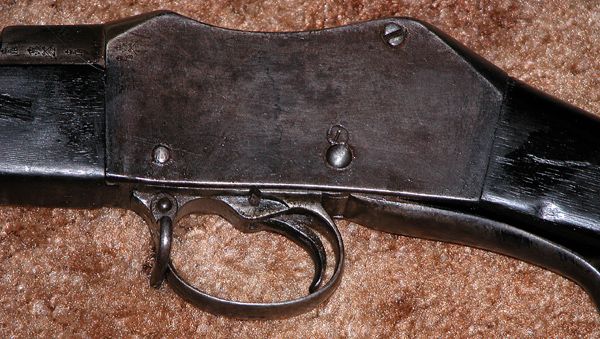
Here is the After shot of the action, plus the bore, the proof marks (maybe you Martini collectors can add a little more info on this older system of markings), and a full length shot.
